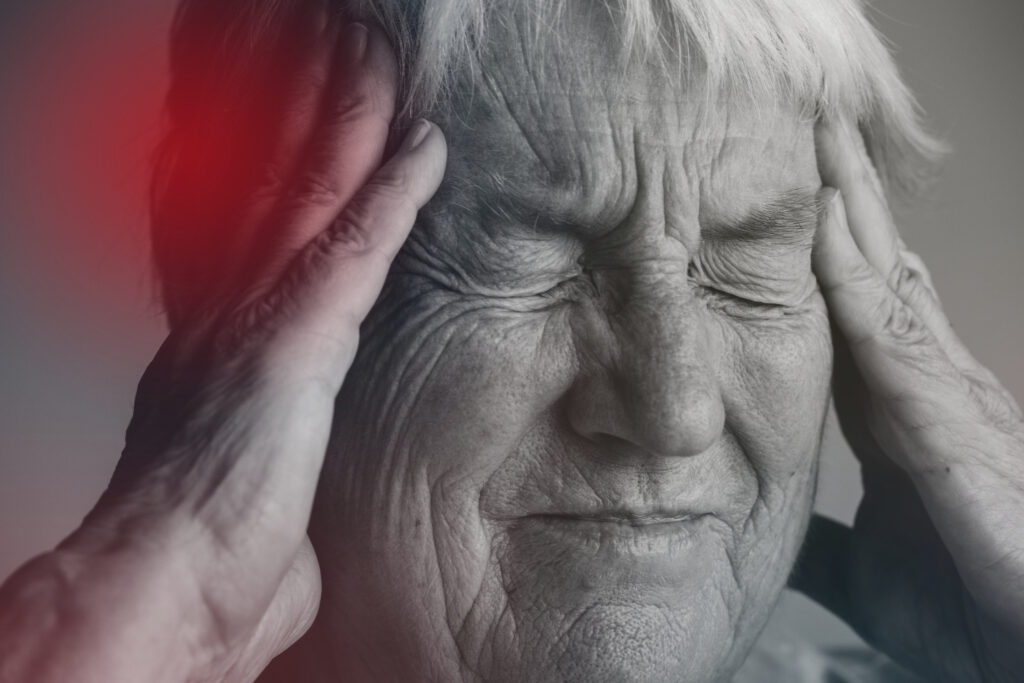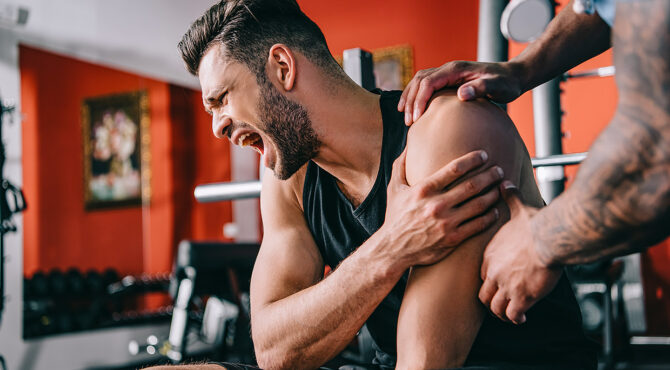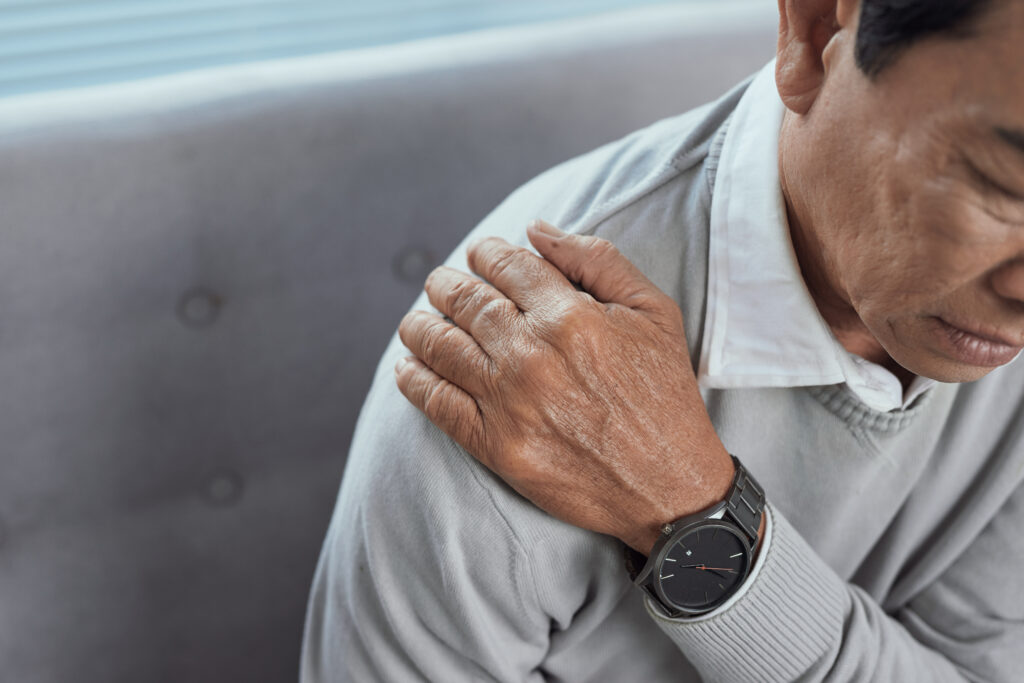When you're dealing with sports-related pain, it can be challenging to know where to turn for relief. You might consider over-the-counter medications or explore physical therapy options, but the landscape of treatment is broader than you think. From innovative technologies to traditional methods like acupuncture, there's a range of strategies that can cater to your specific needs. Each option has its benefits, but understanding which combination works best for you is key. So, what are the most effective treatments that can help you get back in the game?
Understanding Sports-Related Pain
Sports-related pain is a common experience for athletes at all levels, often resulting from the physical demands placed on the body during training and competition. Whether you're a weekend warrior or a seasoned professional, you probably know that pushing your limits can lead to discomfort or injury. Understanding the nature of this pain is imperative for effective management and recovery.
First, identify the type of pain you're experiencing. Acute pain typically happens suddenly, often due to a specific injury, while chronic pain develops over time, usually from repetitive stress or overuse. Recognizing the difference can help you determine the best course of action.
Next, pay attention to the location of your pain. It might be localized, like in a joint or muscle, or it could be more generalized. This can provide insight into what might be causing the issue. For example, knee pain could stem from a meniscus tear, while lower back pain might relate to muscle strain or poor posture.
Don't ignore the warning signs your body gives you. If you feel persistent or worsening pain, it's crucial to take it seriously and adjust your training regimen accordingly.
Rest, proper nutrition, and hydration are essential components of recovery. Remember, taking a step back now can prevent more severe issues later. By understanding sports-related pain, you can make informed decisions that help you remain active and healthy in the long run.
Physical Therapy Techniques
Physical therapy techniques play an essential role in recovering from sports-related injuries and managing pain effectively. When you experience an injury, these techniques help restore function, improve mobility, and reduce discomfort.
Working with a skilled physical therapist, you'll learn personalized strategies to address your specific needs.
Here are some key physical therapy techniques you might encounter:
- Manual Therapy: Hands-on techniques to manipulate muscles and joints, promoting healing and reducing tension.
- Therapeutic Exercises: Customized exercises designed to strengthen muscles, enhance flexibility, and improve overall function.
- Modalities: Use of heat, cold, ultrasound, or electrical stimulation to alleviate pain and promote healing.
- Balance and Coordination Training: Exercises aimed at improving stability and preventing future injuries, vital for athletes.
- Education and Ergonomic Advice: Guidance on proper body mechanics and techniques to prevent re-injury during sports activities.
Medication Options
When dealing with pain from injuries, medication options can play a significant role in your recovery. You've got several choices, depending on the severity of your pain and your specific needs. Over-the-counter (OTC) pain relievers like ibuprofen and acetaminophen are often the first line of defense. They reduce inflammation and provide relief without requiring a prescription. Just be sure to follow the recommended dosages to avoid any adverse effects.
If your pain is more severe, your healthcare provider might prescribe stronger medications. Nonsteroidal anti-inflammatory drugs (NSAIDs) and opioids are commonly prescribed for acute pain. While opioids can be effective, they carry risks of dependency and side effects, so they should be used cautiously and only for short-term relief.
Another option is muscle relaxants, which can help alleviate pain stemming from muscle spasms. These medications can make you feel drowsy, so it's crucial to use them when you can rest and recover.
Topical analgesics, like creams or patches, offer localized pain relief and can be a great choice if you want to avoid systemic side effects.
Don't forget about the importance of discussing your medication options with your healthcare provider. They'll consider your medical history, the type of injury, and any other medications you're taking to find the best fit for you.
Acupuncture and Alternative Therapies
If you're looking for effective ways to manage sports-related pain, acupuncture might be worth considering.
Many athletes find that it helps reduce soreness and improve recovery times.
Alongside acupuncture, other alternative therapies can also enhance your performance and well-being.
Acupuncture Benefits for Athletes
Acupuncture offers athletes a powerful tool for pain relief and recovery. By targeting specific points on the body, this ancient practice stimulates the nervous system and promotes healing, making it an excellent addition to your training regimen.
Here are some key benefits you can expect from acupuncture:
- Reduced inflammation: Acupuncture helps decrease swelling in injured areas, speeding up the recovery process.
- Pain relief: It effectively alleviates both acute and chronic pain, allowing you to get back to your sport faster.
- Improved flexibility: Regular sessions can enhance your range of motion, which is essential for ideal performance.
- Stress reduction: Acupuncture promotes relaxation, helping you manage stress and anxiety related to competition.
- Enhanced circulation: Increased blood flow to muscles aids in quicker recovery and better overall performance.
Incorporating acupuncture into your routine can help you stay at the top of your game.
Whether you're dealing with an injury or looking to improve your performance, this holistic approach can provide the relief and support you need.
Don't underestimate the power of acupuncture; your body will thank you for it!
Other Alternative Therapies
Alternative therapies can complement traditional methods to provide athletes with effective pain relief and recovery options. Beyond acupuncture, you might explore techniques like massage therapy, chiropractic care, and herbal remedies. Each of these methods can help alleviate pain, enhance circulation, and promote faster healing.
Massage therapy, for instance, isn't just relaxing; it can specifically target sore muscles and connective tissues, helping to reduce tension and improve flexibility. You could also consider chiropractic adjustments, which can realign your spine and improve your overall biomechanics, potentially preventing further injuries.
Moreover, herbal remedies, such as arnica or turmeric, have anti-inflammatory properties that you might find beneficial for managing pain. Incorporating these natural options can lead to a more holistic approach to your recovery.
It's vital to consult with a healthcare professional before starting any alternative therapy to guarantee it aligns with your specific needs and doesn't interfere with your training regimen.
Ice and Heat Treatments
When dealing with sports-related pain, understanding the benefits of ice and heat treatments can make a significant difference in your recovery. Each method has its unique advantages, and knowing when to use them can enhance your healing process.
Ice Treatments are often the first line of defense after an injury. They help reduce swelling and numb sharp pain. Here's what ice can do for you:
- Decreases inflammation
- Reduces muscle spasms
- Numbs the affected area
- Minimizes tissue damage
- Provides immediate relief after activity
On the other hand, Heat Treatments are ideal for chronic pain or stiffness. Heat boosts blood flow and relaxes tight muscles. Here are some benefits of heat:
- Increases blood circulation
- Relaxes and soothes muscles
- Eases joint stiffness
- Promotes healing of damaged tissues
- Provides comfort and a sense of well-being
To effectively use these treatments, start with ice for acute injuries for the first 48 hours, applying it for 15-20 minutes every few hours.
After that, switch to heat to alleviate stiffness and encourage blood flow. Remember to always protect your skin by using a cloth between your skin and ice or heat sources.
Compression and Support Gear
When you're dealing with sports-related pain, compression and support gear can make a significant difference.
Understanding the benefits of compression wear and the types of support gear available is essential, but so is ensuring a proper fit.
Let's explore how these elements can enhance your performance and recovery.
Benefits of Compression Wear
Compression wear offers athletes a range of benefits that go beyond mere style. When you slip into compression gear, you're not just looking good; you're enhancing your performance and recovery.
Here are some key advantages you'll experience:
- Improved Blood Circulation: Compression wear boosts blood flow, helping deliver oxygen to your muscles more efficiently.
- Reduced Muscle Fatigue: By stabilizing muscle vibration, it can decrease fatigue during intense activities.
- Enhanced Recovery: After workouts, compression gear aids in reducing soreness and speeds up recovery time.
- Injury Prevention: It provides support to your muscles and joints, reducing the risk of strains and sprains.
- Temperature Regulation: Compression wear helps maintain your body temperature, keeping you cool during workouts and warm during recovery.
Types of Support Gear
Support gear comes in various types, each designed to enhance performance and protect against injuries during sports activities.
Whether you're running, cycling, or playing team sports, the right support gear can make a significant difference.
Compression sleeves are popular for providing support to joints and muscles. They help improve circulation, reduce muscle soreness, and can prevent swelling.
You'll find these sleeves for arms, calves, and thighs, each tailored to specific needs.
Braces, on the other hand, are designed to stabilize and protect injured or vulnerable joints. Ankle, knee, and wrist braces are common choices, offering varying levels of support depending on the activity you're engaged in.
Supportive footwear is essential too. Proper shoes not only cushion your feet but also help align your body, reducing the risk of injury.
Lastly, don't overlook supportive wraps or tapes. These can provide additional support and stability to specific areas, especially if you're recovering from an injury.
Proper Fit Importance
Finding the right fit for your compression and support gear is crucial for maximizing its effectiveness. When your gear fits properly, it provides the right amount of pressure and support, helping to prevent injuries and alleviate existing pain.
An improper fit can lead to discomfort and may even hinder your performance.
Here are some key points to take into account when selecting your gear:
- Size Matters: Always refer to sizing charts specific to the brand you're using.
- Comfort Level: Verify that the gear isn't too tight or too loose; it should feel snug without restricting circulation.
- Material Quality: Choose breathable, moisture-wicking fabrics that enhance comfort during physical activity.
- Adjustable Features: Look for straps or fasteners that allow you to customize the fit as needed.
- Trial and Error: Don't hesitate to try different styles and brands to find what works best for you.
Innovative Recovery Technologies
As athletes continue to push their limits, innovative recovery technologies are transforming how you manage pain and enhance recovery. These advancements are designed to target specific issues and provide relief more effectively than traditional methods.
One standout technology is cryotherapy, which involves exposing your body to extremely cold temperatures for short periods. This process reduces inflammation and accelerates healing, allowing you to bounce back faster after intense workouts or injuries.
Another game-changer is electrical stimulation therapy. Devices like TENS (Transcutaneous Electrical Nerve Stimulation) units send electrical impulses to your muscles, helping to alleviate pain and promote muscle recovery. You can easily use these portable devices at home or on the go, making them a convenient option for busy athletes.
Compression therapy is also gaining traction. Using specialized garments that apply pressure to your muscles, this technology enhances circulation, reduces swelling, and speeds up recovery. Many athletes swear by pneumatic compression boots, which provide a thorough, relaxing treatment that can be easily integrated into your routine.
Finally, infrared therapy offers a unique approach by using light to penetrate deep into your tissues, boosting circulation and promoting healing at a cellular level. This non-invasive method can help relieve pain while encouraging your body to recover more efficiently.
Embracing these innovative recovery technologies can greatly improve your performance and overall well-being, allowing you to train harder, recover faster, and get back to doing what you love.
Preventive Measures and Tips
To maintain peak performance and reduce the risk of injury, adopting preventive measures is just as important as employing innovative recovery technologies. You should focus on a few key strategies that can help safeguard your body while enhancing your athletic capabilities.
First, always warm up before engaging in any physical activity. This primes your muscles and joints, reducing the likelihood of strains.
Next, listen to your body. If you feel pain or discomfort, don't push through it—give yourself time to recover. Stretching regularly is also essential; it increases flexibility and prepares your muscles for exertion.
Additionally, consider cross-training. Mixing up your workouts can prevent overuse injuries and keep your regimen balanced.
Finally, stay hydrated and maintain a well-rounded diet. Proper nutrition fuels your body and aids recovery.
Here are some preventive tips to keep in mind:
- Warm up: Always dedicate time to warming up before workouts.
- Listen to your body: If something feels off, don't ignore it.
- Incorporate stretching: Regular stretching enhances flexibility and reduces injury risks.
- Engage in cross-training: Vary your workouts to prevent overuse injuries.
- Maintain hydration and nutrition: Fuel your body with the right nutrients and stay hydrated.
Conclusion
To sum up, effectively managing sports-related pain requires a personalized approach. By combining over-the-counter medications, physical therapy, and innovative treatments, you can find relief and enhance your recovery. Don't forget the importance of preventive measures and listening to your body. Whether it's using compression gear or trying acupuncture, explore various options to discover what works best for you. Remember, taking proactive steps can keep you active and help you get back to the sports you love.



